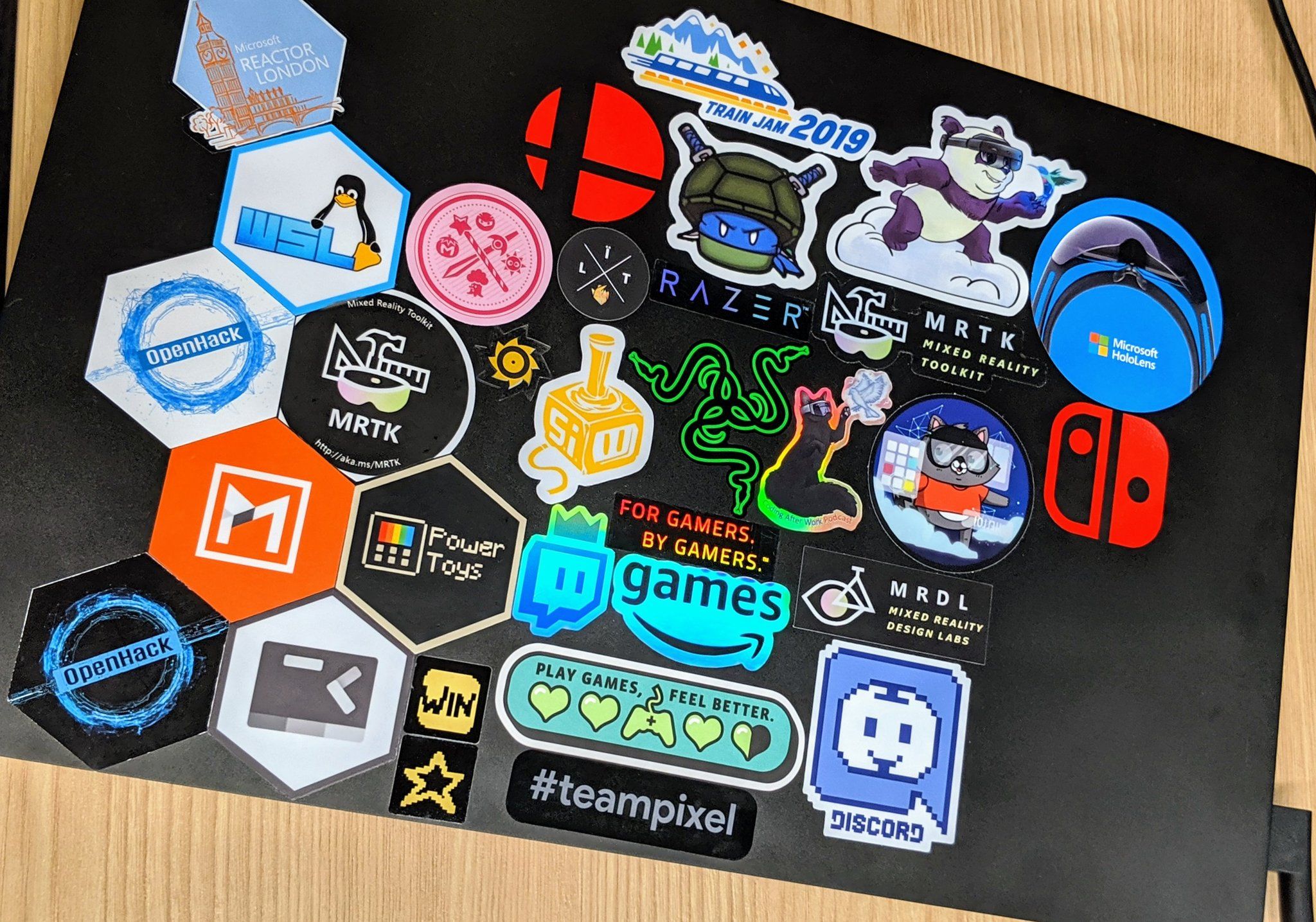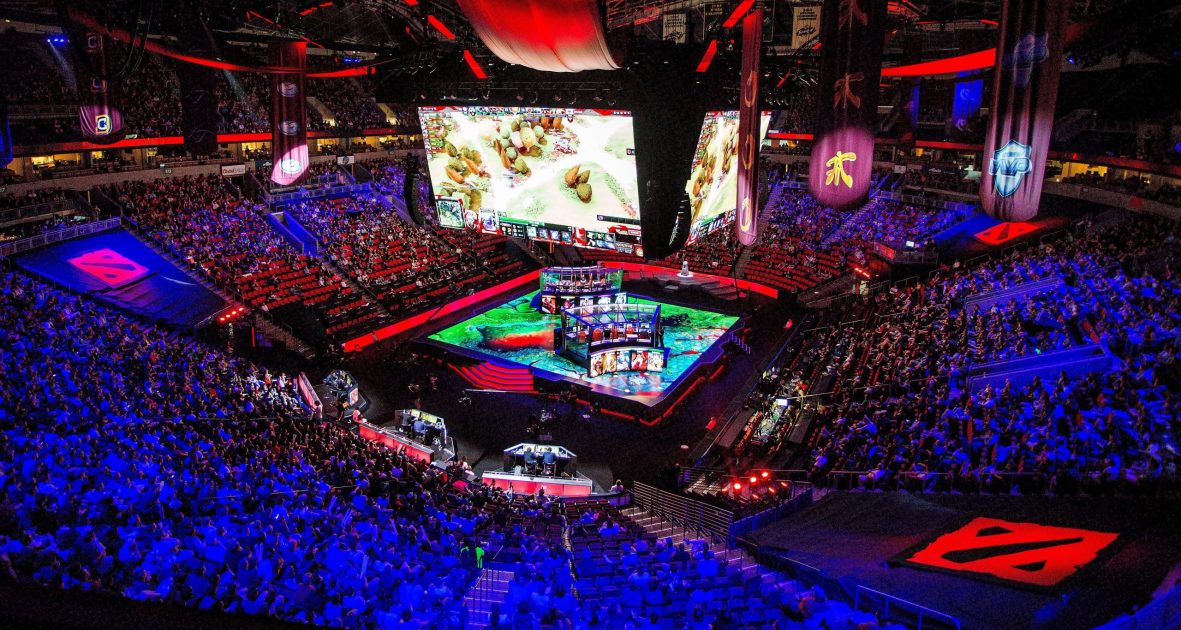The digital landscape, particularly in the realm of online gaming, has witnessed a remarkable evolution, driven largely by advancements in responsive design and user-friendly interfaces. This article delves into how these technological strides have reshaped the gaming experience, influencing everything from accessibility to the diversity of game genres.
The Emergence of Responsive Gaming Platforms: Tailoring Experiences to Diverse Devices
In the early days of online gaming, players were often tethered to desktop computers, limiting where and how they could engage with their favorite games. The introduction of responsive design marked a pivotal shift. Now, game platforms dynamically adjust to different screen sizes and resolutions, offering an optimal experience across a range of devices.
This adaptability means that whether on a smartphone, tablet, or desktop, the game’s interface, graphics, and performance adjust seamlessly, providing a consistent and enjoyable experience.
User-Centric Design in Gaming: Prioritizing Player Experience
The focus on user-friendly interfaces in gaming has revolutionized how players interact with games. Designers now prioritize intuitive navigation, ensuring that menus, settings, and controls are straightforward and accessible.
This shift towards user-centric design not only enhances the overall gaming experience but also broadens the appeal to a wider audience, including those who might have been intimidated by more complex interfaces in the past.
Accessibility and Inclusivity: Making Gaming Universal
One of the most significant impacts of responsive design and user-friendly interfaces is in making gaming more accessible and inclusive. Features such as adjustable text sizes, color contrast options, and simplified navigation cater to a diverse range of needs and preferences.
This inclusivity extends the joy of gaming to individuals who may have physical or cognitive limitations, thereby democratizing the world of online gaming.
Enhanced Graphics and Performance: Visuals Adapted for All Screens
With responsive design, the quality of graphics and overall game performance has improved dramatically. Developers now create games that look stunning on both small and large screens, with graphics that adapt without losing detail or clarity.
This enhancement in visuals and performance not only makes games more appealing but also more immersive, drawing players into the gaming world regardless of the device they use.
Seamless Transition Across Devices: Flexibility in Gaming
Online gaming platforms such as Ontario betting apps showcase the seamless transition from desktop to mobile, ensuring that players can enjoy their favorite game genres effortlessly, anytime, and anywhere.
This flexibility has become a cornerstone of modern gaming, where the ability to switch devices without losing progress or experiencing a drop in quality is highly valued by players who are constantly on the move.
The Evolution of Game Genres: Diversification Through Technology
Responsive design and user-friendly interfaces have also led to the diversification of game genres. Developers are no longer limited by technical constraints, allowing them to explore new concepts and gameplay mechanics. This has led to the emergence of hybrid genres, innovative storytelling methods, and unique gameplay experiences that were previously unimaginable.
Social Interaction and Connectivity: Bringing Players Together
The advancements in responsive design have also enhanced social interaction within games. Multiplayer and social features are now more accessible and user-friendly, allowing players to connect and engage with others effortlessly. This connectivity has transformed online games into social platforms, where communities can form, and friendships can be forged.
Customization and Personalization: Tailoring the Gaming Experience
Another facet of user-friendly design is the ability to customize and personalize gaming experiences. Players can now adjust settings to suit their preferences, from control layouts to visual themes. This level of personalization makes games more engaging and enjoyable, as players can tailor the experience to their liking.
The Impact on Mobile Gaming: Revolutionizing On-the-Go Play
The impact of responsive design is perhaps most evident in the mobile gaming sector. The ability to offer high-quality, engaging gaming experiences on mobile devices has revolutionized how people play games on the go. This has not only expanded the gaming market but also changed the perception of mobile gaming, elevating it from simple time-passers to complex, engaging experiences.
Future Trends and Innovations: What Lies Ahead
As technology continues to advance, we can anticipate further innovations in responsive design and user interfaces in online gaming. Virtual and augmented reality, AI-driven personalization, and more sophisticated social features are just some of the developments that could shape the future of online gaming. These advancements promise to make gaming experiences even more immersive, inclusive, and personalized, continuing the evolution of this dynamic and ever-growing industry.
In conclusion, the transformative impact of responsive design and user-friendly interfaces on online gaming cannot be overstated. These technological advancements have not only enhanced the aesthetic and functional aspects of gaming but also expanded its reach, making it more inclusive and accessible. As we look to the future, it’s clear that these elements will continue to play a pivotal role in shaping the landscape of online gaming, promising even more exciting developments and experiences for players around the world.




